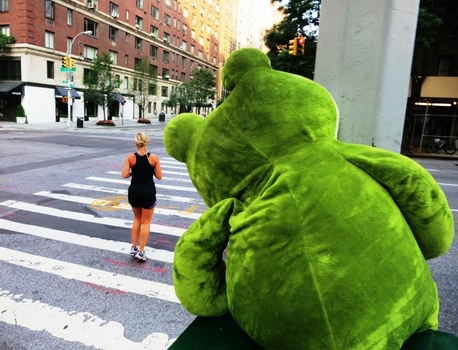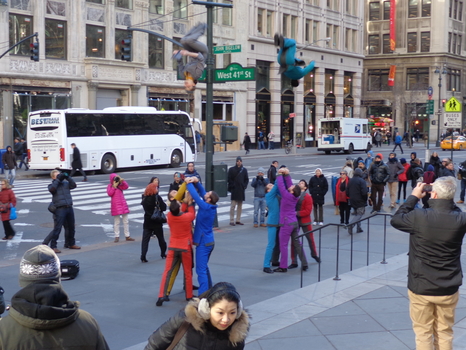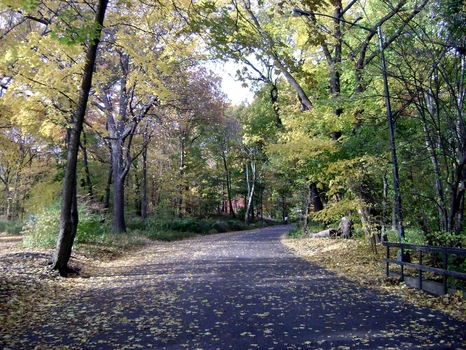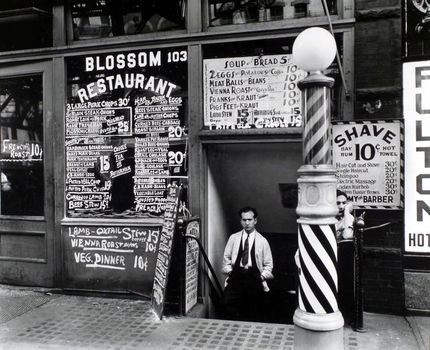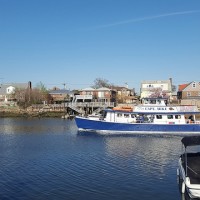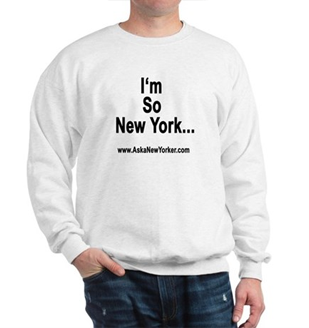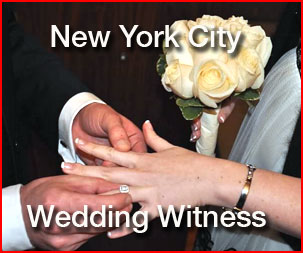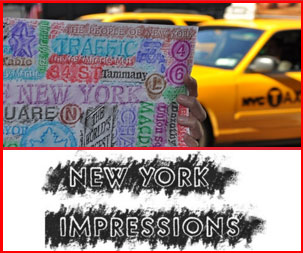Taking a road trip sometimes happens on a whim on a random weekend day, not because I’m suddenly inspired with the desire to know the American road, but because our toddlers have fallen asleep in their car seats and the wife and I want them to nap for a while. So began our latest sojourn on the great American road, which kept us mostly around our borough of Queens, but that’s OK because as you might have surmised, Queens is secretly New York City’s greatest borough.
We left the Queens Botanical Garden in our neighborhood of Flushing and our twin girls were asleep before we reached the nearby highway. We headed to the Rockaways because it was the anniversary of the Easter Uprising in Ireland and the Rockaways have been a home to hardscrabble Irish for a long time, including one Queens native who wound up fighting in the Easter Uprising of 1916.
Our navigation system took us into Nassau County and we passed by Valley Stream State Park before getting off of the highway and driving through the villages of East Rockaway, Malvern, and Lawrence.
We didn’t end up in the Irish part of the Rockaways, and the housing projects that tower over the bungalow houses are not filled with Irish immigrants. We decided to start our journey home going through Broad Channel and my old neighborhood of Ozone Park.
We took Cross Bay Veterans Memorial Bridge and cruised over Jamaica Bay. On one side of the bridge the skyline of Manhattan was prominent through the haze of sun and clouds. On our right and north was JFK Airport. Broad Channel is a small community that sits on the waterfront of Jamaica Bay. It’s a rare example of small town life within the five boroughs of New York City.
Cross Bay Boulevard brought us farther north, past the Jamaica Wildlife Refuge on both sides of the road and into Howard Beach and Ozone Park.
When I first came back to New York City, I worked at JFK Airport and lived in Ozone Park. I was very happy to learn that Jack Kerouac lived in Ozone Park for 12 years. He’s celebrated a lot in Massachusetts where he is originally from and buried, and in Manhattan where he would give readings and where he wrote On the Road. But Kerouac wrote his first novel, The Town and the City, while living in Ozone Park.
There is a historic marker outside the house where Kerouac once lived. When I lived nearby, it was good to go to Glen Patrick’s Pub and gulp down drinks, hoping some literary magic might have survived and would rub off on me. That kind of sentimentality is crap, really, but it was good at the time to know that the inheritors of America’s great literary traditions came from working-class enclaves like Ozone Park and Howard Beach.
It was good to see reinforced the knowledge that real literary grit and work takes place not in the posh hipster enclaves and trendy bars or bookstores of Manhattan or (nowadays) Brooklyn. Kerouac didn’t haul his typewriter to a coffee shop so people could gawk at him write. He got his writing done in a cramped apartment a few feet away from Cross Bay Boulevard.
We took our girls into the Cross Bay Diner and had a late lunch while watching boats and seagulls come by on Hewett Creek. Fishing boats, a police boat, and even a large fishing boat called The Capt. Mike, came by and served as a great distraction for the kids.
Howard Beach and Ozone Park have changed quite a bit since Kerouac lived there, and they’ve changed a lot since I moved away in the summer of 2001, but their working-class character survive and they remain great neighborhoods to live in. They will continue to inspire and bring more great artists to the world.


